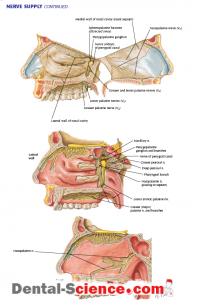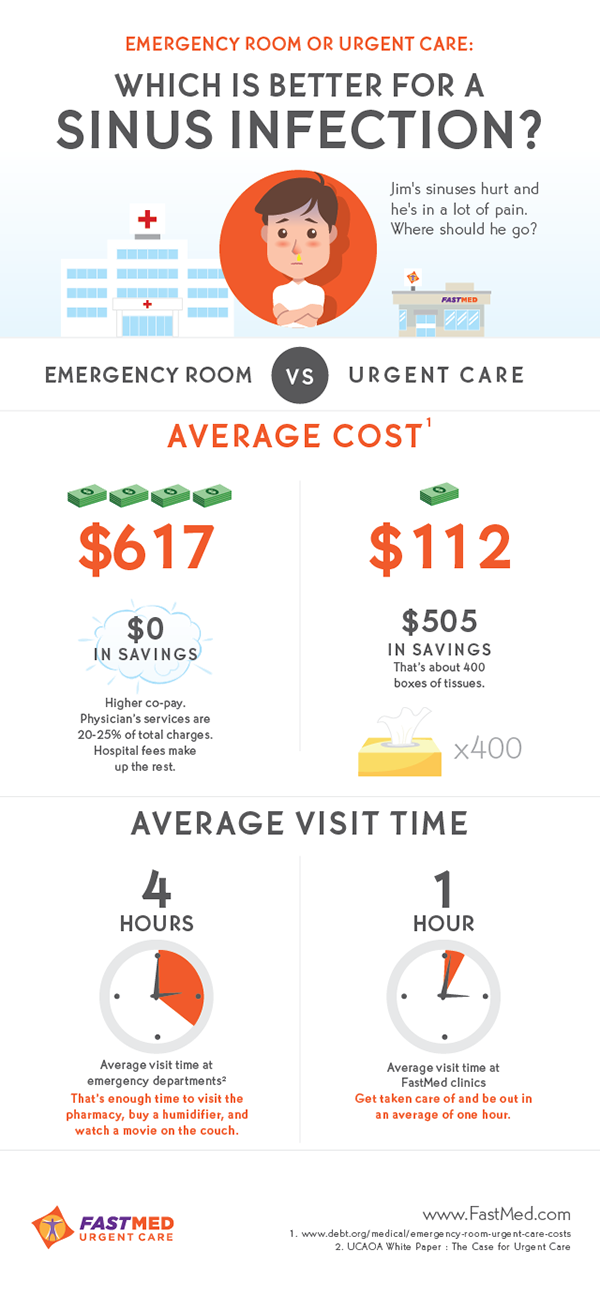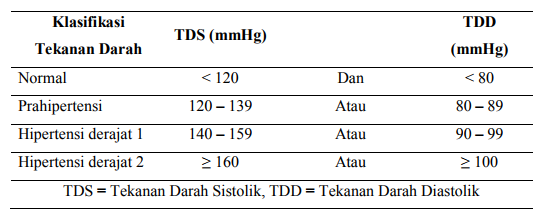Hipertensi tingkat dua 160 –179 dan/atau 100 –109 jnc 7 express. jama. 2003 sep 10; 290(10):1314. skema 1. penilaian diagnostik awal pada hipertensi. Pemakaian obat-obatan misalnya kontrasepsi oral & kortiskoteroid. pembagian terstruktur mengenai berdasar derajat hipertensi a. berdasar jnc vii: derajat. tekanan sistolik.

An acute sinus infection, also called sinusitis, is usually caused by a virus. most cases of sinusitis clear up within 10 days. although penicillin can be effective at treating a wide range of infections, antibiotics like penicillin are not needed for acute viral sinusitis. 7 hipertensi jnc See full list on aafp. org. The seventh report of the joint national committee on prevention, detection, evaluation, and treatment of high blood pressure (jnc 7) the seventh report of the joint national committee on prevention, detection, evaluation, and treatment of high blood pressure (jnc 7) published dec 2003 download pdf 918 kb. In the era of antibiotic therapy and adequate access to primary care, major complications of sinusitis are rare. however, 75 percent of all orbital infections are the direct result of sinusitis. 46.

In cases of acute inflammation, palpation and percussion of the involved sinus may elicit tenderness. the following areas should be palpated: the maxillary floor, palpated from the palate; the anterior maxillary wall, from the cheek; the lateral ethmoid wall, from the medial canthus; the frontal floor, from the roof of the orbit; and the anterior frontal wall, from the supraorbital skull. in children, the symptoms of sinusitis are less specific than in adults. lima,20 symptoms include persistent nasal congestion and cough lasting for more than 10 days, high fever and purulent nasal discharge. children are less likely to present with facial pain or headache. Hipertensi menurut pedoman jnc7 didefinisikan sebagai tekanan darah sistolik lebih dari atau sama menggunakan 140 mmhg, dan tekanan darah diastolik lebih menurut atau sama menggunakan 90 mmhg. Acute bacterial sinusitis usually occurs following an upper respiratory infection that results in obstruction of the osteomeatal complex, impaired mucociliary clearance and overproduction of secretions. the diagnosis is based on the patient's history of a biphasic illness (double sickening), purulent rhinorrhea, maxillary toothache, pain on leaning forward, pain with a unilateral prominence and a poor response to decongestant therapy. radiographs and computed tomographic scans of the sinuses generally are not useful in making the initial diagnosis. since sinusitis is self-limited in 40 to 50 percent of patients, the expensive, newer-generation antibiotics should not be used as first-line therapy. first-line antibiotics such as amoxicillin or trimethoprimsulfamethoxazole are as effective in the treatment of sinusitis as the more expensive antibiotics. little evidence supports the use of adjunctive treatments such as nasal corticosteroids and systemic decongestants. patients with recurrent or chronic sinusitis require referral to an otolaryngologist for consideration of functional endoscopic sinus surgery. one half to two thirds of patients with sinus symptoms who visit primary care physicians are unlikely to have bacterial sinusitis. 11,12 certain diagnostic tools may be useful to the family physician to differentiate a common cold from bacterial sinusitis. determination of the organism causing acute sinusitis requires puncture, aspiration and culture, but that procedure is rarely appropriate in the family physician's office. another tool is four-view sinus radiographic studies. 9,1315 also gaining popularity is endoscopic evaluation of the nasopharynx to identify anatomic abnormalities, determine the presence of purulence around the osteo-meatal complex, and evaluate swelling and inflammation. however, most clinicians now agree that the most appropriate diagnostic approach is a good history and a thorough physical examination. 1618 studies performed in primary care settings indicate that no single symptom or sign is both sensitive and specific for diagnosing acute sinusitis. predictive power is improved by combining signs and symptoms into a clinical impression. the accuracy rate of clinical impression ranges from 55 to 75 percent, compared with punctures and radiographs. 11,1618 among the signs and symptoms used to increase the likelihood of a correct diagnosis of acute sinusitis are double sickening (biphasic illness), pain with unilateral prominence, purulent rhinorrhea by history, purulent secretions in the nasal cavity on examination, a lack of response to decongestant or antihistamine therapy, facial pain above or below both eyes on leaning forward, and maxillary toothache. the term double sickening refers to patients who start with a cold and begin to improve, only to have the congestion and discomfort return (table 2). the differential diagnosis of acute sinusitis includes protracted upper respiratory infection, dental disease, nasal foreign body, migraine or cluster headache, temporal arteritis, tension headache and temporomandibular disorders. imaging studies are not cost effective in the initial assessment and treatment of patients with clinical findings suggestive of acute sinusitis. radiographs, however, may be helpful in uncertain or recurrent cases. a normal sinus x-ray series has a negative predictive value of 90 to 100 percent, particularly for the frontal and maxillary sinuses. the positive predictive value of x-rays using opacification and air-fluid levels as end points is 80 to 100 percent, but the sensitivity is low since only 60 percent of patients with acute sinusitis have opacification or air-fluid levels. 21 a veterans affairs general medicine clinic study,22 using the standard criteria of air-fluid level, sinus opacity or mucosal thickening (greater than 6 mm) to diagnose sinusitis, demonstrated that a single waters view had a high level of agreement with the complete sinus series. in this study, 88 percent of patients with sinusitis had maxillary disease. a single occipitomental (waters) view in children has an overall accuracy of 87 percent in diagnosing acute sinusitis. 23 in those few situations where x-rays are indicated, utilizing a single waters view is preferred over the traditional four-view study. computed tomographic (ct) scanning of the sinuses has no place in the routine evaluation of acute sinusitis. limited sinus ct studies are useful in delineating the osteomeatal complex in anticipation of an otolaryngology consultation and functional endoscopic sinus surgery to evaluate and treat chronic sinus inflammation. sinus ct scanning has a high sensitivity but a low specificity for demonstrating acute sinusitis. 24,25 forty percent of asymptomatic patients and 87 percent of patients with community-acquired colds have sinus abnormalities on sinus ct. 26. Penicillin v potassium is a slow-onset antibiotic that is used to treat many types of mild to moderate infections caused by bacteria, including scarlet fever, pneumonia, skin infections, and infections affecting the nose, mouth, or throat. penicillin v potassium is also used to prevent the symptoms of rheumatic fever.
Results: amoxycillin and penicillin v led to significantly faster and better recovery than placebo. by day 10, 71 patients receiving antibiotic treatment(86%) . 11 nov 2019 if antibiotics are given, a 10to 14-day course is recommended, according to the practice guidelines. amoxicillin (amoxil) or amoxicillin . Dr. aram chobanian was selected as the jnc 7 chair because, like his predeces-sors, he is well versed in hypertension, yet independent of these major studies. the jnc 7 executive committee and writing teams were selected entirely from the nhbpep cc because they are recognized as experts in their disciplines by their peers. dr.
Can i use penicillin for a sinus infection? antibiotics.
Penicillin V Potassium Dosage Guide With Precautions Drugs Com


1 dan derajat 2. tabel dua. 7 hipertensi jnc 1. penjabaran hipertensi berdasarkan jnc 7. klasifikasi. tekanan darah. tds. (mmhg).

Transillumination is commonly used to assess the maxillary and frontal sinuses, although poor reproducibility between observers and a lack of correlation with maxillary sinusitis limits the usefulness of transillumination as a diagnostic tool. 19. Jnc-7 hipertension arterial el “séptimo informe del joint nacional comité on prevención, detección, evaluación y tratamiento de la hipertensión arterial “ proporciona una nueva guía para la prevención y manejo de la hipertensión arterial (hta) los siguientes son las directrices clave:. 30 may 2003 7 hipertensi jnc new hypertension guidelines: jnc 7 · normal: systolic bp <120 and diastolic bp <80 · prehypertension: sbp 120-139 or dbp 80-89 · stage 1 . Penicillin v potassium: 125 mg = 200,000 units; 250 mg = 400,000 units; 500 mg = 800,000 units administration advice : -may administer with meals, but blood levels slightly higher when administered on an empty stomach.
Hipertensi menurut pedoman jnc7 didefinisikan menjadi tekanan darah sistolik lebih berdasarkan atau sama menggunakan 140 mmhg, dan tekanan darah diastolik lebih menurut atau sama menggunakan 90 mmhg. Chicago, il new national guidelines, known as the seventh report of the joint national 7 hipertensi jnc committee (jnc) on prevention, detection, evaluation, and treatment of high blood pressure (jnc 7),. More jnc 7 hipertensi images.
Bibliograf
Fungi are normal tanaman of the upper airway, but they can cause acute sinusitis in immunocompromised and diabetic patients. aspergillus species are the most common causes of noninvasive fungal sinusitis. Condition (figure 7). undiagnosed, untreated, and uncon-trolled hypertension clearly places a substantial strain 7 hipertensi jnc on the health care delivery system. methods the decision to appoint a committee for the seventh report of the joint national committee on prevention, detection, evaluation, and treatment of high blood pressure (jnc 7) was based on 4. Hipertensi dapat mengakibatkan penyakit jantung koroner, gagal jantung, stroke, penjabaran tekanan darah untuk dewasa umur ≥ 18 tahun menurut jnc 7. 7.
Jnc 7 the seventh report of the joint national committee on prevention, detection, evaluation, and treatment of high blood pressure (jnc 7) was published in may 2003. tiga many new studies had been reported since the publication of the jnc vi guidelines, and the jnc 7 guidelines [note the change to arabic numerals] needed to reflect the findings of. You cannot use your partial prescription, 21 500 mg penicillin, for a sinus infection. the reason being, penicillin blocks certain bacteria from constructing the cell walls, thereby protecting again certain bacterial infections, however the over use of penicillin and other antibiotics would create resistant bacteria. L. j. fagnan, m. d. is chief of clinical services in the department of family medicine at oregon health sciences university school of medicine, portland, where he received his medical degree. he served with the indian health services branch of the united states public health services in bethel, alaska, and completed a residency at the family practice residency of southwest idaho, boise, and a family medicine faculty development fellowship at the university of washington school of medicine, seattle.
Posting Komentar untuk "7 Hipertensi Jnc"